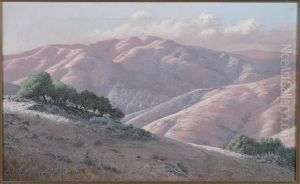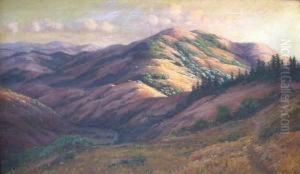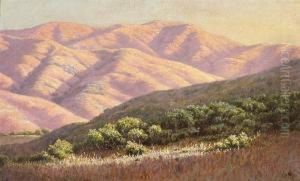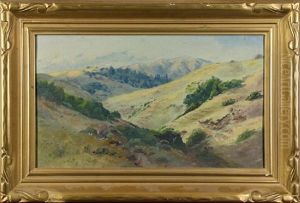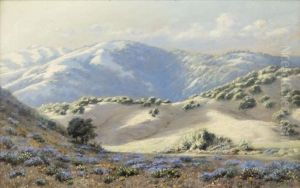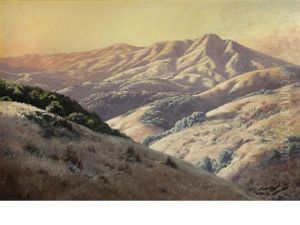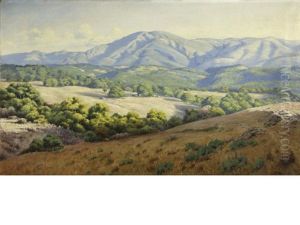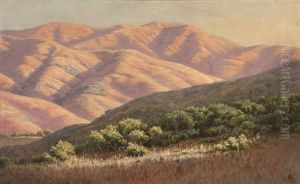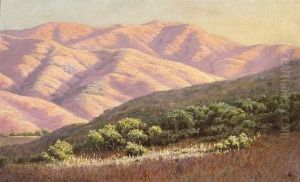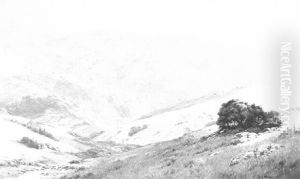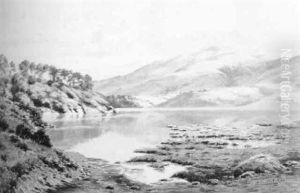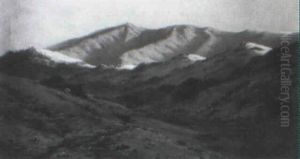Louis Edward Rea Paintings
Louis Edward Rea was an American artist known for his impressionistic landscapes and marine scenes, primarily focusing on the beauty of the American West Coast. Born in 1860, Rea's early life was marked by a profound interest in art, which led him to pursue his passion with fervor and dedication. His journey into the art world was a testament to his commitment to understanding and mastering the nuances of painting, a journey that would see him become one of the early proponents of Impressionism in the United States.
Rea's artistic journey began in earnest when he sought formal education in the arts. He traveled to Europe, a common practice among American artists of the time who sought the classical training and inspiration that European art schools and their rich cultural heritage could offer. During his time in Europe, Rea was exposed to the works of the Impressionist masters, and these experiences profoundly influenced his style and approach to painting. Upon returning to the United States, he settled on the West Coast, drawing inspiration from its rugged landscapes and captivating seascapes.
Throughout his career, Rea was known for his ability to capture the ephemeral qualities of light and atmosphere, characteristics that became hallmarks of his work. His paintings often depicted the serene beauty of the Californian coastline, the majesty of the Sierra Nevada, and the tranquil scenes of rural life. He had a particular skill in using color and light to evoke mood and emotion, making his landscapes not just visual representations but also emotional narratives.
Despite his contributions to American Impressionism and the art scene of the West Coast, Louis Edward Rea remains a relatively lesser-known figure in the annals of American art history. His death in 1920 marked the end of a career that had been dedicated to exploring and expressing the natural beauty of the American landscape through an Impressionist lens. Today, his works are cherished by collectors and museums that recognize his unique talent and the role he played in the development of American Impressionist landscape painting.
